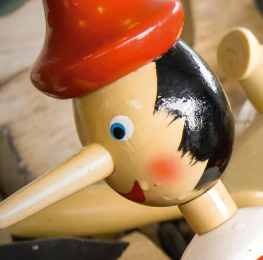HISTORY OF WOODEN TOYS
Wooden toys are an important part of childhood since early civilisation. Today’s toys are much different than those thousands of years ago, but still, many of children’s favourite toys are similar to the toys from centuries ago. At the time of ancient Greek and Roman empires, children played with dolls, horses, and chariots. The earliest toys discovered by archaeologists were all made of wood.
Wooden toys continued to be a common part of childhood for thousands of years. By the 1700’s, German toymakers began to craft a variety of wooden toys and they sold to the general public. Salesmen travelled around Europe to sell the popular wooden toys. They took orders for special events. Almost life-like dolls and animals were becoming favourite playthings for children all over Europe.
Over the next century, toymakers became more elaborate and detailed with their wooden creations. Miniatures like dollhouses and theatres became popular during the 19th century, as well as wooden toy soldiers. The classic ‘Jack in a box’, was hand painted with bright colours. Wooden trains, along with their wooden tracks, were one of the best selling toys during this time period.
By the end of World War II, toymakers started using plastic. It was a cheaper material than wood. The production of wooden toys became less popular. Plastic toys were much easier for mass production and were more affordable to families with children.

